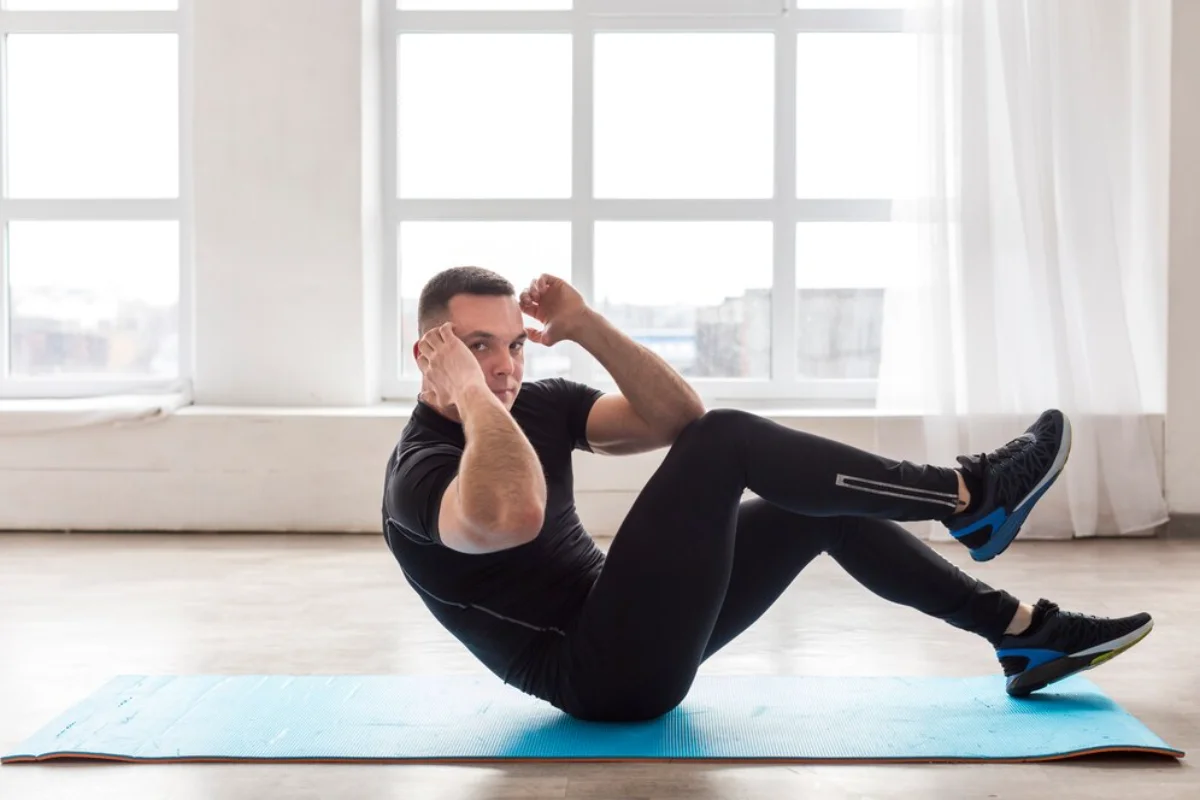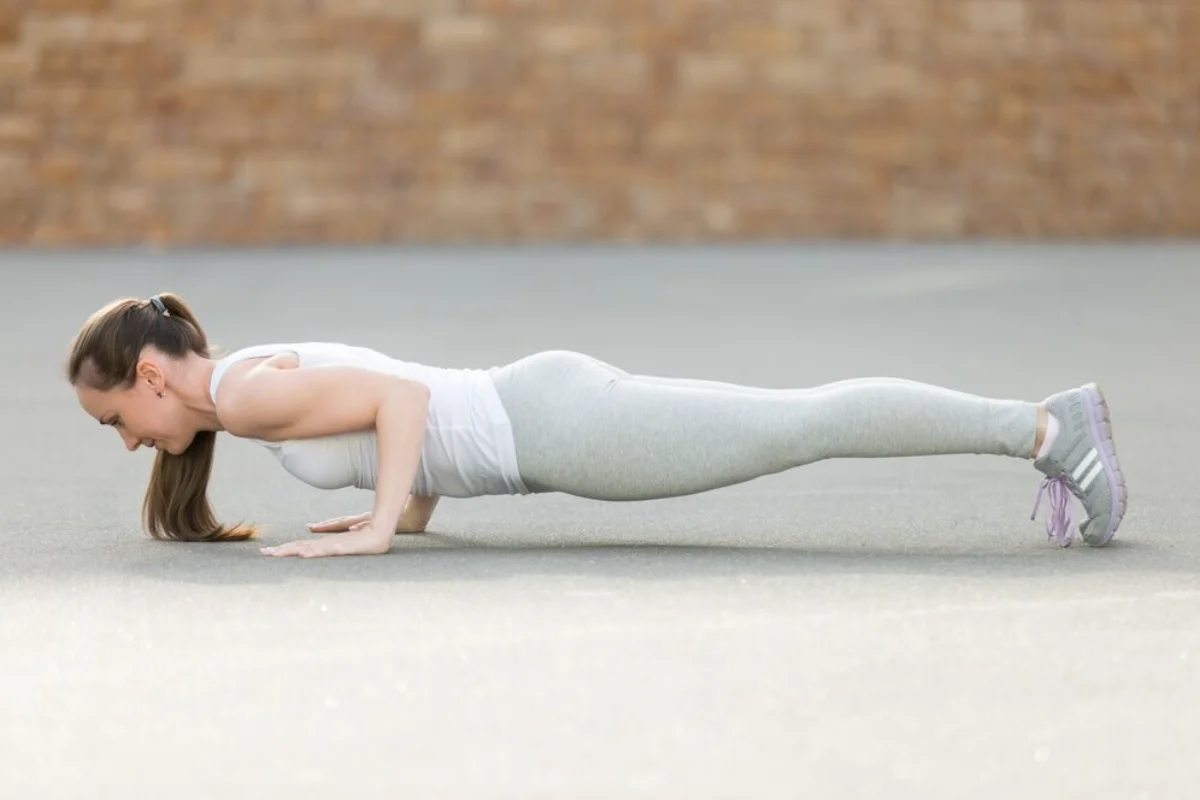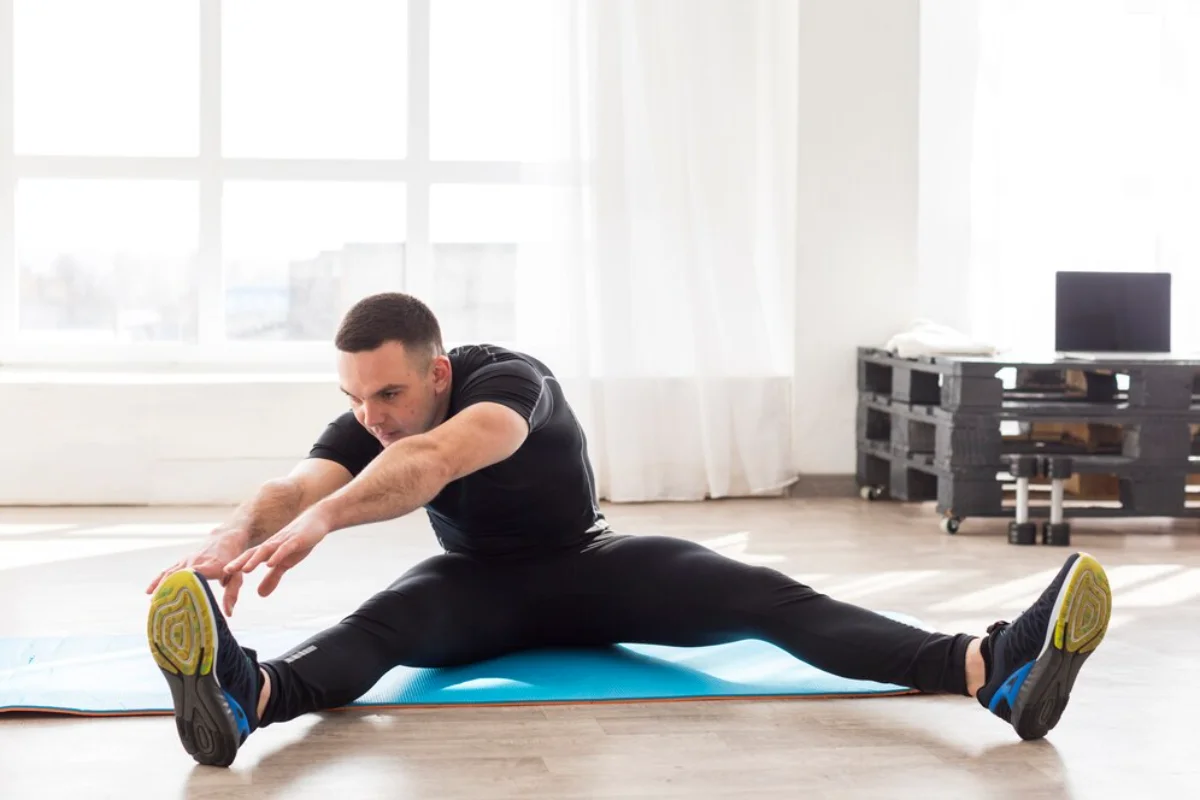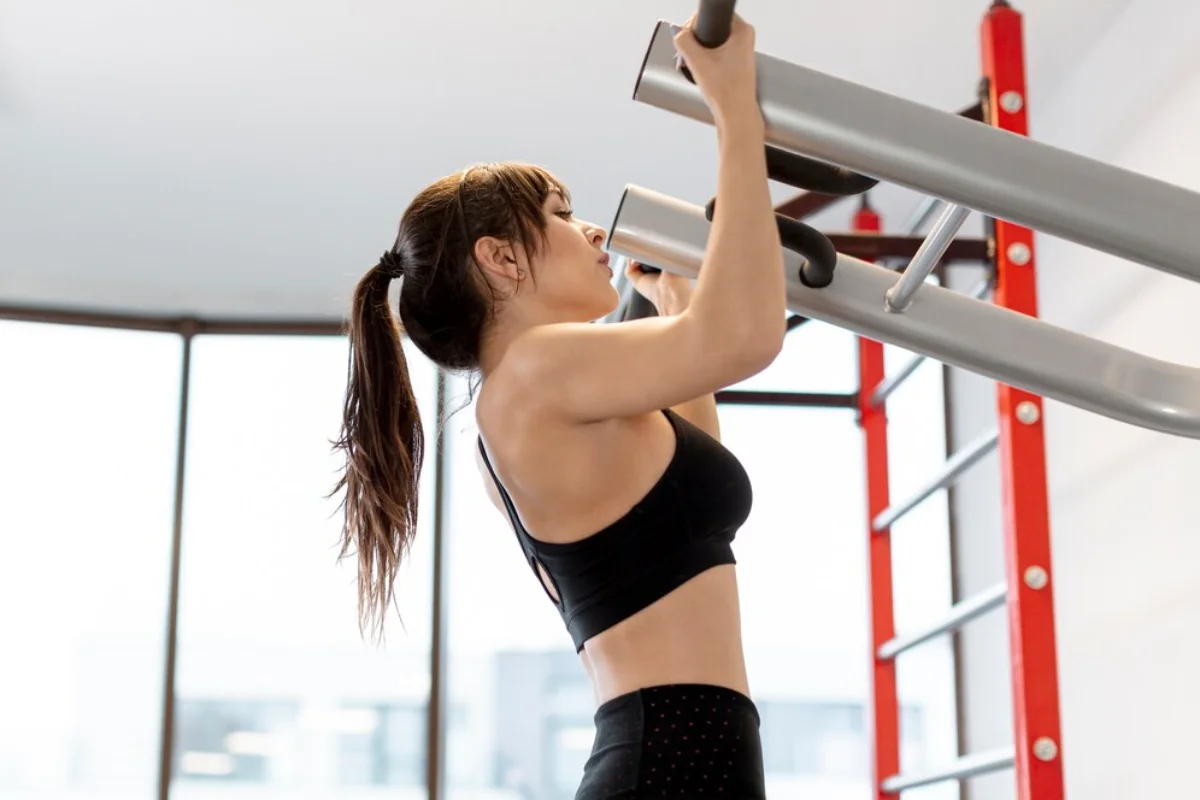
Bodyweight Exercises for Functional Strength
Bodyweight exercises stand the test of time, echoing strength without compromise in a world where fitness fads come and go. These powerhouse workouts, often synonymous with callisthenics, offer a no-gym solution. Imagine sculpting your body without a single weight, catering to those eager to train holistically. Whether you’re a seasoned athlete or a fitness novice, bodyweight exercises adapt to any skill level, making them an alluring option for all who seek to amplify their physical prowess.
In this blog, we’ll dive into the fascinating realm of bodyweight exercises, uncovering their significance, benefits, and practical applications. We’ll dispel myths, provide actionable tips, and share expert insights to elevate your workout routine. So, whether you’re striving to bulk up, enhance mobility, or simply spice up your fitness journey, read on to learn how bodyweight exercises can revolutionise your approach to functional strength training.

Key Benefits of Bodyweight Exercises
Why It Matters
Bodyweight exercises are not just convenient—they’re a powerful means of crafting functional strength. Unlike traditional weightlifting, which often isolates muscles, these exercises engage an entire symphony of muscle groups. This dual focus sharpens coordination, balance, and overall body awareness.
Real-Life Applications
Think about lifting heavy boxes or hauling groceries upstairs. Both tasks demand strength, balance, and stability—all cultivated through bodyweight exercises. By honing in on compound movements that mimic daily challenges, these workouts prepare your body to tackle the world effortlessly.
Data-Backed Insights
Studies reveal that bodyweight exercises boost cardiovascular health, endurance, and flexibility. Researchers in the Journal of Strength and Conditioning Research found that those embracing bodyweight training outperformed their gym-bound counterparts in strength and stamina. These findings underscore the prowess of bodyweight exercises in promoting comprehensive fitness and well-being.

Step-by-Step Guide to Bodyweight Exercises
Getting Started with Calisthenics
At its core, Callisthenics relies on your body weight to engage various muscles. To embark on this journey, grasp the basic principles and techniques.
Warm-Up and Stretching
Before diving into action, warm up and stretch to stave off injury. A dynamic warm-up featuring jumping jacks, arm circles, and leg swings boosts blood flow and enhances flexibility. Post-workout, static stretching aids recovery and maintains mobility.
Core Exercises
A robust core underpins functional strength. Core moves—think planks, Russian twists, and mountain climbers—activate your abs, obliques, and lower back, laying a stable foundation for more complex manoeuvres. Try hanging leg raises or dragon flags to elevate core endurance for a thrilling challenge.
Upper Body Workouts
Build upper body power with push-ups, pull-ups, and dips. These exercises target the chest, shoulders, triceps, and back, stirring muscle growth and endurance. Want to up the ante? Consider variations like archer push-ups and one-arm push-ups, or use resistance bands to assist beginners in mastering pull-ups.
Lower Body Workouts
For a well-rounded training session, integrate lower-body movements such as squats, lunges, and calf raises. These exercises strengthen quads, hamstrings, glutes, and calves, supercharging leg power and stability. Challenge yourself with advanced variations like pistol squats and jump lunges to sharpen lower body strength.
Progression and Variation
As you familiarise yourself with bodyweight basics, spice up your routine with increased intensity and innovative variations. Gradually progress from standard push-ups to one-arm push-ups, or elevate your feet for an added kick. Dive into diverse squat variations, such as Bulgarian split squats, to keep your muscles guessing and workouts fresh.
Tempo changes add another layer of intensity. Slowing the lowering phase increases time under tension, boosting muscle engagement. Likewise, explosive moves like clap push-ups elevate your power and speed.

Additional Expert Tips & Common Mistakes to Avoid
Best Practices Beyond the Basics
To maximise bodyweight benefits, prioritise proper form and technique. Engaging the right muscles while maintaining alignment prevents injuries and ensures you’re effectively targeting your desired muscle groups. Remember, consistency is key; aim for bodyweight workouts three to four times weekly for discernible improvements in strength and endurance.
- Breathing Technique: Proper breathing enhances performance. Exhale during exertion; inhale during relaxation.
- Mind-Muscle Connection: Engage specific muscles actively to improve strength and prevent compensation.
- Rest and Recovery: Adequate rest fuels muscle growth. Wait 48 hours before reworking a muscle group.
Common Mistakes and Misconceptions
It’s a common myth that bodyweight exercises are solely for newbies or those shedding pounds. In truth, this training method adapts to various fitness levels—from building muscle mass to enhancing athletic prowess. Another pitfall is failing to diversify routines. Keep your workouts exciting by introducing regular challenges and new exercises.
Advanced Insights and Expert Recommendations
Adding Complexity and Depth
As your bodyweight journey progresses, consider integrating high-intensity interval training (HIIT) or plyometric exercises to amplify cardiovascular fitness and explosive power. Burpees, box jumps, and tuck jumps skyrocket your heart rate while enhancing agility.
Isometric Holds and Static Strength
Isometric moves like wall sits, L-sits, and planche holds develop static strength, which is crucial for stability in dynamic actions. Including these in your regimen boosts endurance and control.
Unique Industry Perspectives
Athletes and fitness aficionados often prefer bodyweight exercises because they can foster functional strength with minimal injury risk. They also encourage natural movement patterns, making them a prime option for those pursuing a holistic fitness approach.
Moreover, military and law enforcement training regimens emphasise bodyweight training, utilising moves like bear crawls and muscle-ups to build comprehensive strength and coordination essential for demanding professions.
Maximising Your Bodyweight Training Potential
Bodyweight exercises offer a scalable, versatile, and effective pathway to functional strength. You can achieve remarkable strength gains without external weights by mastering the fundamentals, progressing with intent, and embracing advanced techniques. Whether you aim to build muscle, enhance endurance, or improve mobility, bodyweight training provides a dynamic solution for all fitness enthusiasts.


